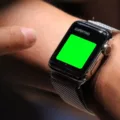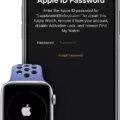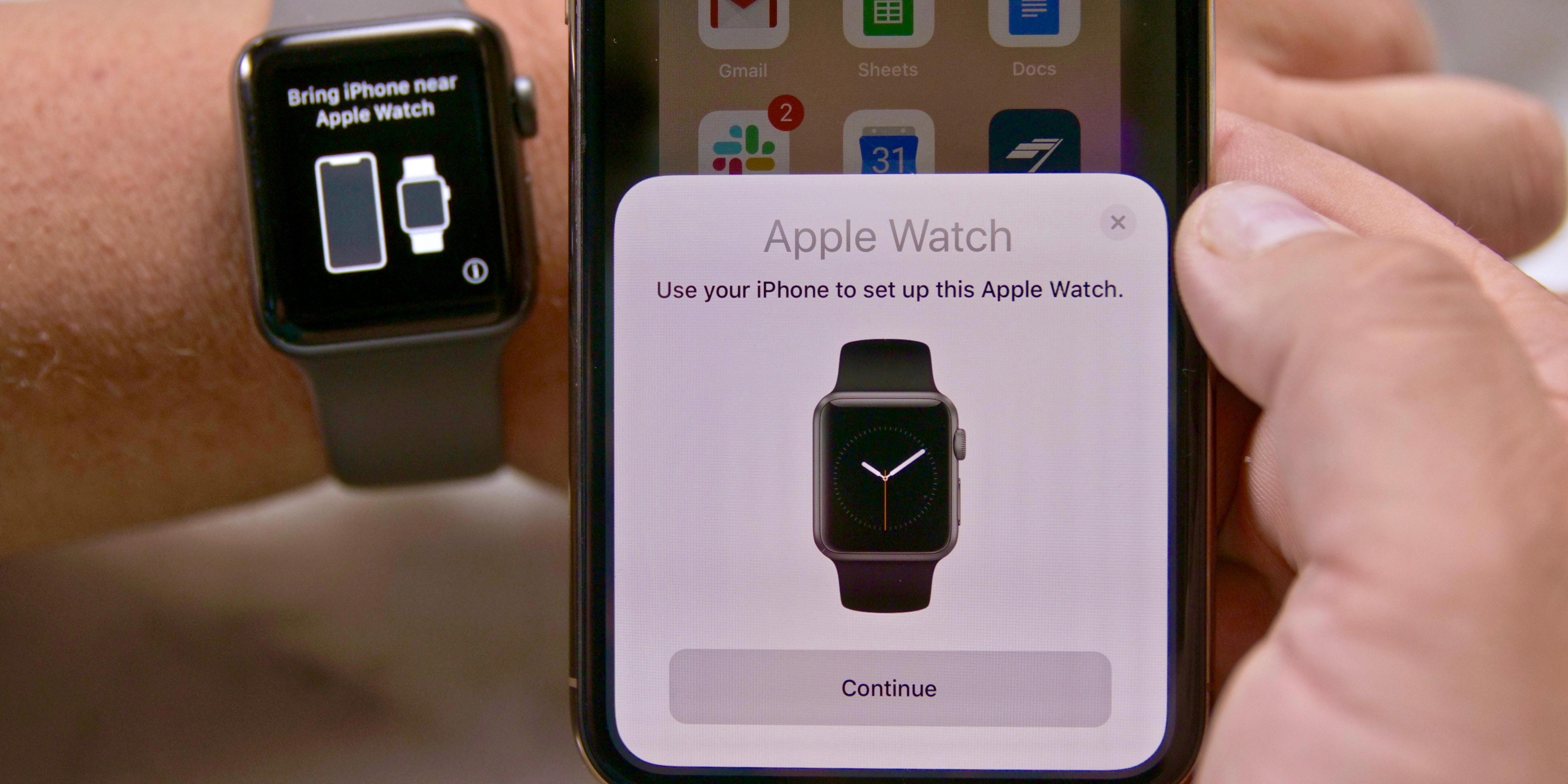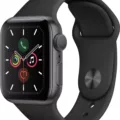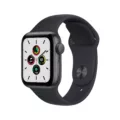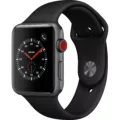The Apple Watch is one of the most popular smartwatch devices on the market. With features such as activity tracking, text messaging, and cellular connectivity, it’s no wonder why Apple users are flocking to this device. However, you may be wondering how to unlock your Apple Watch if you’ve forgotten your passcode or entered an incorrect passcode too many times.
If this is the case, don’t worry. You can use the Apple Watch App on your iPhone to allow you to enter the passcode again. If you still can’t remember your passcode, you can reset your Apple Watch and set it up again.
Here are the steps for resetting and unlocking your Apple Watch:
1. Put your watch on its charger and keep it there until you complete these steps.
2. Press and hold the side button until you see the power button in the upper-right corner of the display.
3. Press and hold the Digital Crown until you see Erase all content and settings.
4. Tap Reset, then tap Reset again to confirm.
5. Unlock your iPhone with Apple Watch: On iPhone go to Settings > Face ID & Passcode, then enter your passcode. Scroll down to Unlock With Apple Watch, then turn on the setting for your watch.
6. To unlock your iPhone using your watch make sure you’re wearing it, wake up your iPhone, then glance at its screen (you should see a message that says “unlock with apple watch”).
Once these steps have been completed successfully, you will now be able to use both devices together again! Just remember that if you forget or enter an incorrect passcode too many times on either device, simply reset them both and follow these steps once more!
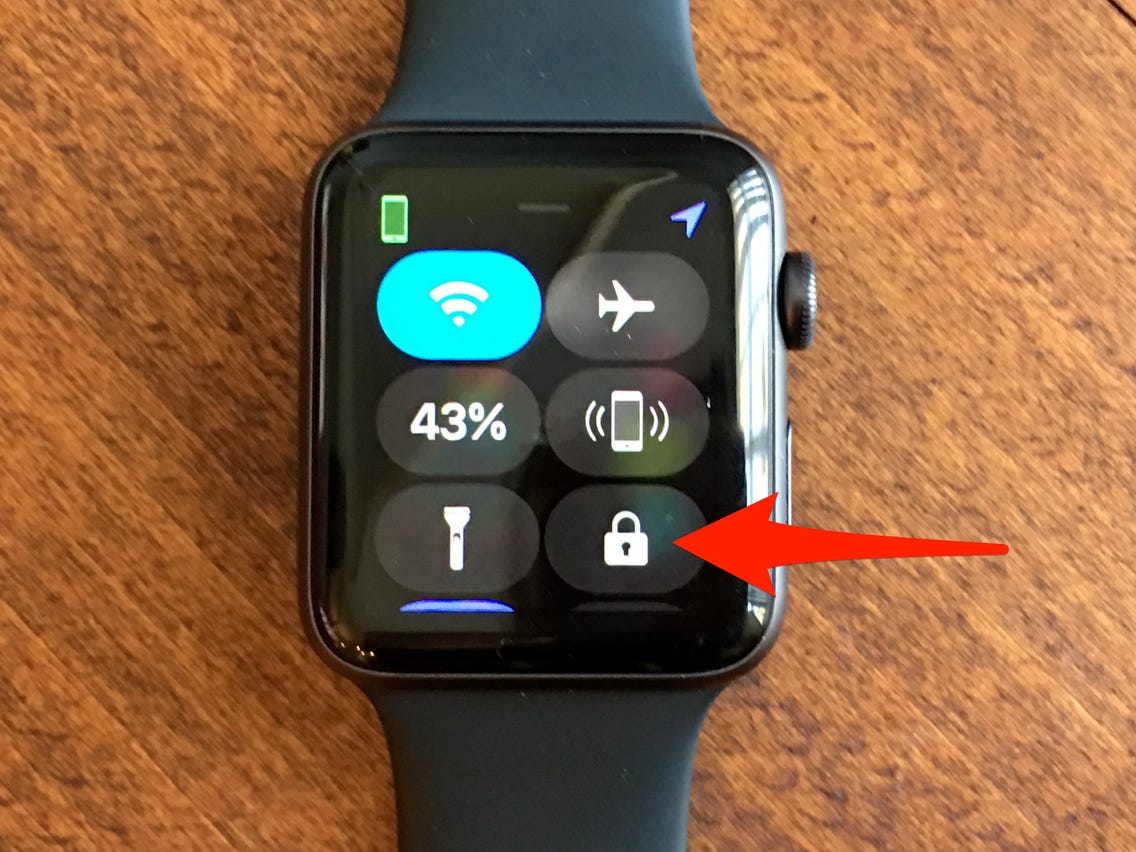
Unlocking an Apple Watch Without the Previous Owner
Unfortunately, it is not possible to unlock an Apple Watch without the previous owner. The Apple Watch is linked to the iPhone it was paired with and only the original owner of that iPhone can unpair and deactivate the Apple Watch from their device. The only way to unlock an Apple Watch without the previous owner is if they have already unlocked it for you or given you permission to do so.
Unlocking an Apple Watch Without a Passcode
No, you can’t unlock your Apple Watch without a passcode. The Apple Watch is designed to be secure and requires a passcode to access it. If you have forgotten your passcode or entered an incorrect passcode too many times, you can use the Apple Watch app on your iPhone to allow you to enter the passcode again. If you still can’t remember your passcode, you can reset your Apple Watch and set it up again.
Resetting a Locked Apple Watch
Yes, you can reset a locked Apple Watch. To do so, you’ll need to put the watch on its charger and press and hold the side button until you see the power button in the upper-right corner of the display. Then press and hold the Digital Crown until you see Erase all content and settings. Tap Reset, then tap Reset again to confirm. Once the reset is complete, your Apple Watch will be unlocked and ready to be set up again.
Unlocking an Apple Watch Device
To unlock your Apple Watch device, make sure you have a passcode set up on it first. Then press and hold the side button until you see the Apple logo. Enter your passcode, then use the Digital Crown to unlock it. If you have an Apple Watch Series 4 or later, you can also use Face ID to unlock it with just a glance.
Can My Apple Watch Be Unlocked?
No, nobody can unlock your Apple Watch without your Apple ID and password. With Activation Lock, your Apple ID and password are required before anyone can unpair your Apple Watch from your iPhone, pair it with a new iPhone, or turn off Find My on your device. This ensures that only you can access and use the information stored on your watch.
Cracking Apple Watch Activation Lock
It is not possible to crack an Apple Watch activation lock. The only way to remove the activation lock is to use the official Apple iPhone Unlock website. To do this, you must first enter the serial number of your Watch, select your Watch from the dropdown menu, and then click on Remove Activation Lock. You will then need to make a payment and wait for a confirmation email. It is important to note that using any third-party software or methods to bypass the activation lock may result in legal action being taken against you by Apple.
Can an Apple Watch Be Reset After Being Stolen?
Yes, an Apple Watch can be stolen and reset. However, it is not easy to reset a stolen watch as it requires the owner’s Apple ID and password to do so. In order to track down the stolen watch, the owner must use the Find My App which will locate their device and provide coordinates for reporting the theft to the authorities. Even if a stolen watch is reset, it cannot be used until it is properly unlocked with the correct credentials.
Factory Resetting an Apple Watch
To factory reset your Apple Watch, open the Settings app on your watch and go to General > Reset. Tap Erase All Content and Settings, then enter your passcode. If you have an Apple Watch with a cellular plan, you’ll be offered two options—Erase All and Erase All & Keep Plan. To completely erase your Apple Watch, choose Erase All. This will wipe all data from your watch and restore it to its original factory settings.
Conclusion
In conclusion, the Apple Watch is an incredibly useful and versatile device that can be used for a variety of tasks. It is a great tool for staying connected and tracking your daily activities. The Apple Watch can also be used to unlock your iPhone, making it even more secure. With its impressive range of features and functions, the Apple Watch is an invaluable asset for any user looking to stay organized and productive.


